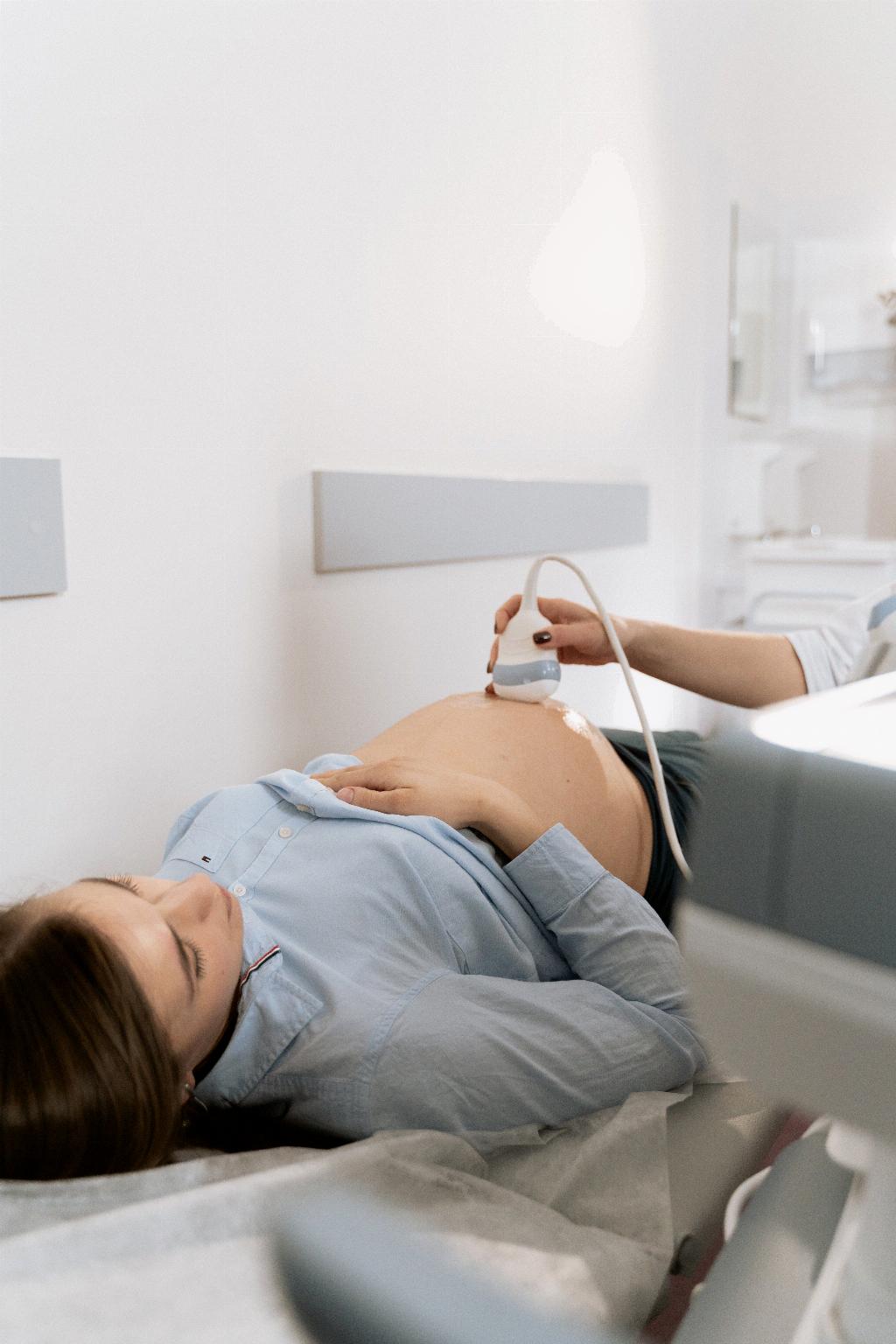When it comes to pregnancy, one of the key factors to monitor during labor is the level of cervical dilation. This process is a crucial aspect of childbirth as it signifies the progression towards delivery. Understanding the various levels of dilation can provide expectant mothers with insights into the stages of labor and what to expect during the birthing process.
Early Stages of Dilation
During the early stages of labor, the cervix begins to soften, thin out, and open up. This process is referred to as effacement and dilation. Cervical dilation is measured in centimeters and typically starts at 0 cm. As labor progresses, the cervix gradually dilates, allowing the baby to move through the birth canal.
Signs of Active Labor
Active labor is considered to begin when the cervix is around 5-6 cm dilated. This stage is characterized by stronger and more frequent contractions, signaling that the baby is making its way towards the birth canal. It is during active labor that expectant mothers may start to feel the urge to push.
Transitioning to Full Dilation
As labor advances, the cervix continues to dilate until it reaches full dilation, which is typically around 10 cm. At this point, the cervix is fully open, allowing for the baby to pass through during delivery. Full dilation marks the transition to the final stage of labor, where the mother can begin pushing to help deliver the baby.
The Pushing Stage
Once the cervix is fully dilated, expectant mothers enter the pushing stage of labor. During this phase, women may feel intense pressure and the urge to push with each contraction. Pushing helps to guide the baby through the birth canal, leading to the eventual delivery of the newborn.
Delivery of the Baby
After successfully pushing and navigating through the final stages of labor, the baby is born. This moment is a culmination of the entire childbirth process, as the newborn emerges into the world. Following the delivery of the baby, there are still important steps to be taken to ensure the well-being of both mother and child.
Post-Delivery Care
After the baby is born, the mother will need to deliver the placenta, which is the organ that provided nutrients and oxygen to the baby during pregnancy. The placenta is expelled from the uterus shortly after the birth of the baby and is a natural part of the childbirth process.
Monitoring Dilation Progression
Throughout labor, healthcare providers closely monitor the progression of cervical dilation to assess the stage of labor and ensure the safety of both the mother and the baby. Understanding the levels of dilation can help healthcare professionals make informed decisions during childbirth.
Emotional and Physical Support
During the labor process, emotional and physical support from partners, family members, and healthcare providers can play a crucial role in helping the mother feel comfortable and empowered. Encouragement and reassurance can make a significant difference during this challenging yet rewarding experience.
Celebrating the Journey
Childbirth is a transformative journey that marks the beginning of a new chapter for families. Each step of the labor process, from early dilation to the delivery of the baby, is a remarkable feat that deserves recognition and celebration. It is a testament to the strength and resilience of mothers everywhere.
Conclusion
Overall, the levels of cervical dilation during pregnancy are a crucial aspect of the labor process, signaling the progression towards childbirth. By understanding the stages of dilation and the associated milestones, expectant mothers can approach labor with knowledge and confidence, supported by a network of care and love.

